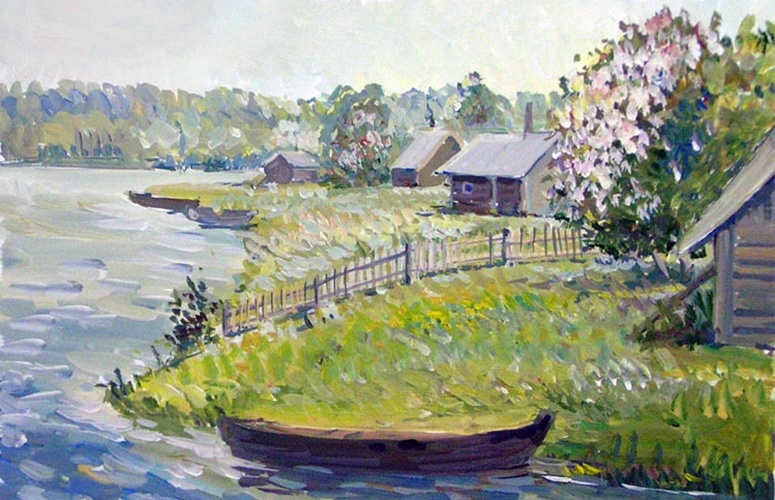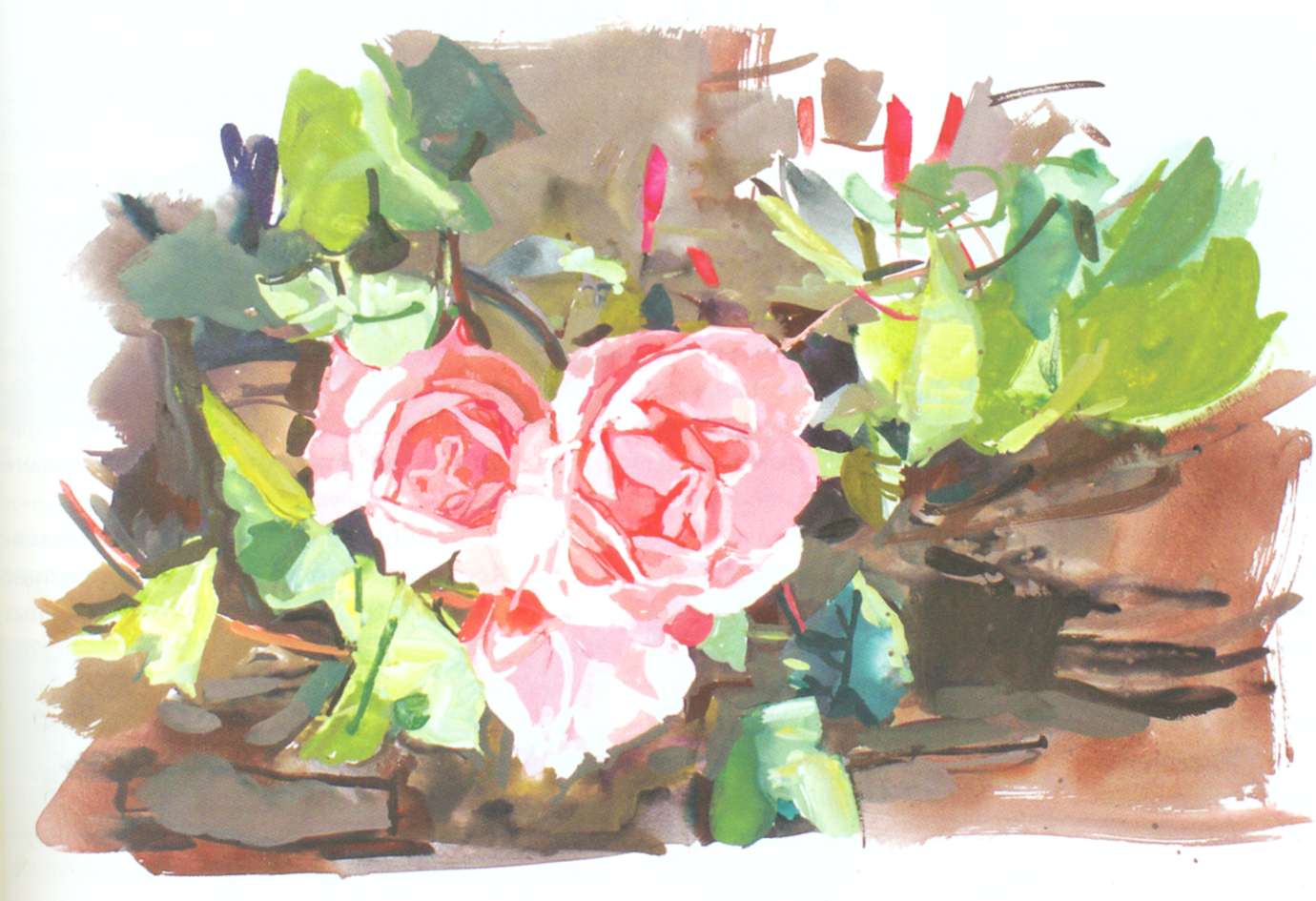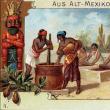Sections of the site
Editor's Choice:
- How to feed a hedgehog at home?
- How to make a poster with chocolates and inscriptions with your own hands?
- DIY hazel onions
- What you need for a picnic
- Pike head ear
- Rating of winter lures for perch
- How to salt pike caviar
- How to make cheese at home - recipe
- How to care for a hedgehog at home
- How to make a hunting bow with your own hands?
Advertising
| Gouache painting technique |
|
Gouache is a heavy, opaque water-borne paint and consists of a mixture of pigments with gum arabic with the addition of chalk, a Chinese white pigment. This results in a stronger color than watercolors. Gouache painting has some peculiarities - the pigment dries quickly and becomes slightly lighter than when wet. The wet paint mixes on the work surface. If it dries, lightly spray the surface with water to soften dried paint or apply a wet-on-wet technique. Gouache comes from the French word for "opaque" and dates back to the Middle Ages. To prepare illustrated manuscripts, artists began to inject glue into water-based pigments. Over time, painters have found that adding chalk or zinc oxide powder to opaque paint provides a good masking layer. There are many unconventional examples of the use of gouache throughout history with a good effect - these are the works of Dürer, Degas, Van Gogh, Picasso, associated with this universal paint. OpacityGouache is opaque and produced in much the same way as transparent watercolor. Paints are composed of a pigment, a wetting agent and a binder, but the gouache additionally receives an inert white pigment and higher levels of pigment concentration. The result is a smooth, unconventional matte finish that appears unusually velvety at times. Gouache is often used for painting in combination with other water-based materials such as acrylics, transparent watercolors, ink and markers, and in dry environments with pastels and crayons. Since the pigment is finely ground, the paint is also well suited for use in airbrushing. Similarity to watercolorGouache resembles watercolor in appearance and on the palette, but its behavior in the process of painting is closer to oils and acrylics. Transparent watercolors gradually build up layers of transparent blotch from light to dark. Gouache works by creating opaque strokes that lie on the surface. Density and opacity allows you to layer light tones into darker tones - this quality contributes to a unique approach to painting. Drying time of oil paint excludes its use in applied painting - drying takes place almost instantly. Water solubilityIf acrylic paints become completely insoluble and impermeable when dried, then gouache can be easily dissolved with water. An unconventional property is the ability to mix already dried colors with a soft, damp brush - this allows for subtle shading effects or colossal changes throughout the painting process. Underpainting in work can be done by mixing an elastic, acrylic matte dye with gouache. Application methodsTo paint with gouache, you need to master mixing water and paint on a brush. The gouache should not be so thin that it can drain freely. If the paint is not thinned enough, it can pull a significant layer of paint along the entire surface or be prone to cracking. Multiple layersWhen applying layers one on top of the other, it is important that the first one is completely dry. Otherwise, the wet layer will change color and shape. If the second coat is too wet, it will have the same effect. Carefulness in removing the bottom colors results in beautiful subtle effects. The paint is removed with a wet brush with a new pigment - discrete layers, if necessary, are mixed with subsequent balls of paint.
There are several ways to approach reshaping and color mixing. Wet on wetThe wet on wet technique is used in watercolors and oil painting. In gouache, the effect can be quite subtle, but is limited to working in small areas. Wet on dryUsing the wet-on-dry method is recommended to be done with a dry, harsh brush to completely hide the earlier layer - this is useful for making corrections or changes in the work. Dry brushDry brushing is a great rendering technique for gouache. After filling the brush with paint, remove excess moisture with a dry paper towel. The use of a dry brush is used in painting for detailing. GrainHatching and graininess are obtained due to the softening effect - a directional pasty hatching with a brush is added to the texture. AppointmentGouache is great for abstract work, as it gives unusual shine and durability to paints, color saturation. But the main advantage is the combination of the best qualities of watercolor, oil paint and acrylic:
Gouache is ideal for precise brushstrokes, subject-oriented paintings in full color and black and white. Predictable quality, vibrant hues and fast drying combine to become a popular choice for designers and illustrators. Opaque qualities allow you to hide the layering of details, perform several layers when painting, get a flat surface of the painting that looks beautiful in photographs. |
| Read: |
|---|
New
- How much does it cost and where can I buy a ticket?
- Secrets of forecasting in Gosloto: the choice of numbers
- Secrets of forecasting in Gosloto: the choice of numbers
- Where can you collect your prize if you win?
- National lottery lotto maxima results
- Secrets of luck or a step-by-step algorithm for winning the lottery 6 out of 49 rules of the game
- Secrets of luck or a step-by-step algorithm for winning the lottery
- "Someone must be lucky"
- How to feed a hedgehog at home?
- How to make a poster with chocolates and inscriptions with your own hands?








